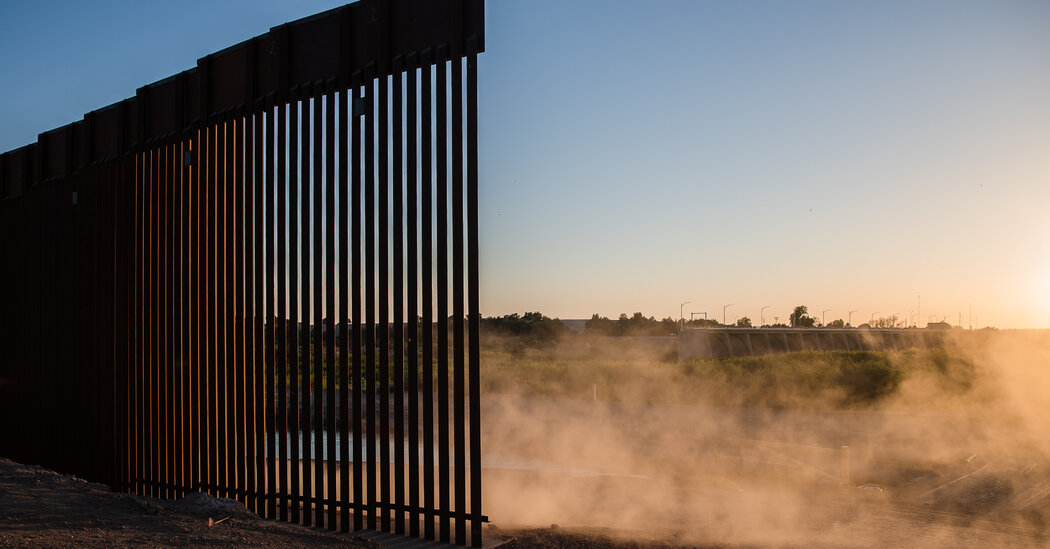
WASHINGTON — The Biden administration will disband secretive teams within the U.S. Border Patrol by the end of September, after their role in internal investigations came under scrutiny earlier this year.
The “critical incident teams,” which have been around for decades, have multiple responsibilities, including collecting evidence for Customs and Border Protection’s Office of Professional Responsibility, which handles most inquiries into agent misconduct. The teams’ involvement in those inquiries raised questions about how accountable such investigations could be if the Border Patrol was, at times, investigating itself.
The elimination of the teams was announced Friday in a Customs and Border Protection memo. The decision, according to the memo from Chris Magnus, the agency’s commissioner, was made “to ensure our agency achieves the highest levels of accountability.”
Mr. Magnus, a former police chief, came into the job late last year with a reputation for changing up police department operations to restore public trust. Disbanding the teams — which for decades operated with little to no public awareness — is one of his first significant policy changes at the Border Patrol, which has long been criticized as lacking accountability.
In a statement Friday, the Southern Border Communities Coalition, a California-based advocacy group that had called for the teams to be disbanded, said, “It is no easy feat to change a longstanding and problematic practice within the agency, and the commissioner has taken an important step.”
A member of the coalition, Andrea Guerrero, spent more than a year looking into the teams after she saw mentions of them in documents related to a 2010 case involving the death of a 42-year-old Mexican man who was hogtied, beaten and shocked with a Taser by Border Patrol agents after he was caught entering the country illegally.
Earlier this year, The New York Times reported on the increase in deaths as a result of high-speed Border Patrol vehicle chases. Local police reports related to some of the chases revealed the involvement of critical incident teams in investigating them, even though the teams were never mentioned in Customs and Border Protection statements about the incidents.
Customs and Border Protection defended the teams at the time, but pressure from Congress and outside groups increased. And Democratic lawmakers asked the Government Accountability Office to investigate incidents involving critical incident teams going back to 2010.
“Today’s announcement is a clear acknowledgment that these unregulated and unsupervised critical incident teams are more of a liability than an asset to the mission of protecting our borders and upholding the rule of law,” Representative Carolyn Maloney, the chairwoman of the House Oversight Committee, said in a statement.
Ms. Maloney and Representative Bennie Thompson, the chairman of the House Homeland Security Committee, have requested documents from Customs and Border Protection related to the teams.
“While this is a positive step,” Mr. Thompson said, “it remains critical that C.B.P. provide Congress with a full accounting of these teams’ authorities and actions, including any potential misconduct.”
The agency defines a critical incident as “any incident that involves C.B.P. personnel that results in, or is intended or likely to result in, serious bodily injury or death; a use of force; or widespread media attention.”
All evidence collection and processing from the scene of an incident will eventually be done by officials in the Office of Professional Responsibility, the memo from Mr. Magnus said. The oversight office will also work with the forensic and scientific arm of Customs and Border Protection to create a management structure for crime scene processing.
According to the memo, even as the teams are phased out, Border Patrol agents will continue collecting evidence from border seizures, such as drugs at a stash house, and evidence related to internal inquiries and potential liability claims, such as private property damage incurred during agent operations.




